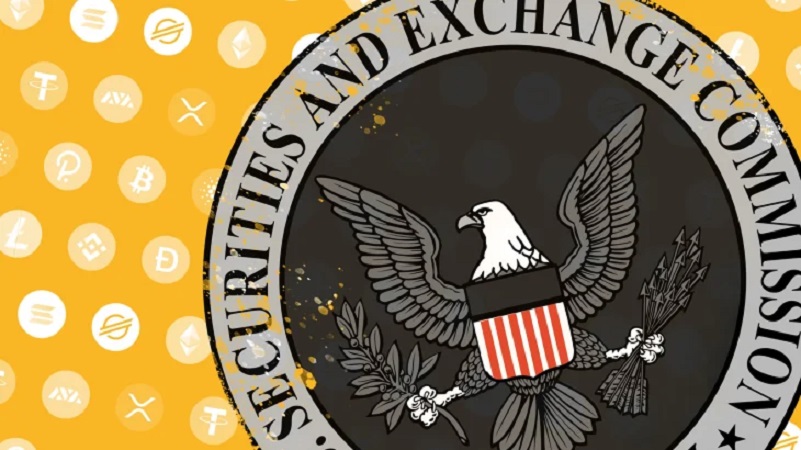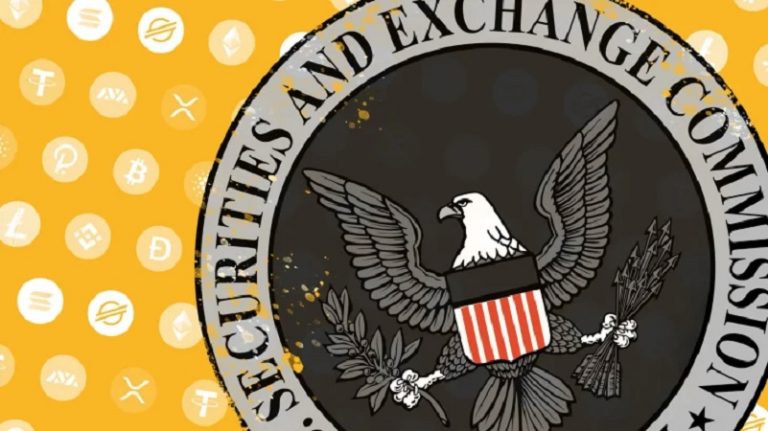The SEC and CFTC Push For End-of-Year Crypto Oversight


The U.S. federal government has been in a shutdown for over three weeks, stemming from Congress’s failure to pass funding legislation by the September 30 deadline.
This marks the second-longest shutdown on record, severely curtailing operations at key financial regulators like the Securities and Exchange Commission (SEC) and the Commodity Futures Trading Commission (CFTC).
Despite these constraints—where the SEC operates with only about 10% of its staff roughly 393 out of 4,289 employees and the CFTC with just 5.7% around 31 out of 543—leaders from both agencies are pushing to meet ambitious end-of-year milestones for cryptocurrency oversight.
This effort aligns with broader White House recommendations to foster innovation while clarifying regulatory roles.The shutdown has halted non-essential activities, including most rulemaking, enforcement actions, and approvals for crypto-related products like spot ETFs for Solana and XRP.
Register for Tekedia Mini-MBA edition 18 (Sep 15 – Dec 6, 2025): registration continues.
Tekedia AI in Business Masterclass opens registrations.
Join Tekedia Capital Syndicate and co-invest in great global startups.
Register for Tekedia AI Lab: From Technical Design to Deployment.
However, essential market surveillance and fraud prevention continue. Crypto industry stakeholders, including the Blockchain Association, have voiced concerns that prolonged disruptions could exacerbate regulatory uncertainty and market volatility, though bipartisan momentum for crypto-friendly policies persists.
Both agencies are prioritizing initiatives to advance crypto integration into traditional finance, even amid limited resources. Announced in August 2025, these aim to enable direct trading of spot crypto asset contracts and standardize tokenized real-world assets. Pham emphasized these as priorities in a recent X post, building on the agency’s derivatives oversight role.
Project Crypto innovation exemption. Safe harbors and “fit-for-purpose” registration exexemptions. Launched earlier this year, Project Crypto seeks to provide regulatory sandboxes for crypto experimentation.

Atkins highlighted in a CNBC interview the urgency to finalize exemptions by December 31, allowing non-security digital assets to bypass full securities registration. This echoes White House guidance for tailored rules.
The CFTC’s push for spot trading follows its historical focus on futures, while the SEC’s exemptions address criticisms of overreach under previous leadership. A joint SEC-CFTC roundtable in September 2025 discussed these overlaps, signaling collaboration.
The shutdown has stalled progress on market structure bills like the Responsible Financial Innovation Act and the CLARITY Act. These would delineate SEC oversight for security-like tokens and CFTC authority for commodities, potentially resolving jurisdictional turf wars.

Crypto prices have shown volatility, with Bitcoin hitting record highs amid “devaluation trades” but facing “risk-off” sentiment from investors. Delayed ETF approvals (e.g., Litecoin, Solana) could suppress liquidity, though stablecoin volumes have surged to $19.4 billion year-to-date.
Democrats like Rep. Maxine Waters warn the shutdown leaves markets vulnerable, while some analysts argue over-reliance on decentralization in bills creates gaps. The CFTC’s understaffing has drawn scrutiny, with calls for stronger funding to match its expanding crypto role.
Agency leaders remain optimistic, with Atkins noting in interviews that core teams are working extended hours to hit deadlines. Resolution depends on Congress averting further extensions, but these milestones could mark a pivotal shift toward a more innovation-friendly U.S. crypto regime if achieved.
The shutdown’s reduction of SEC and CFTC staff to 10% and 5.7%, respectively, delays rulemaking, enforcement, and approvals e.g., Solana, XRP spot ETFs. This prolongs ambiguity over which agency regulates specific crypto assets, hindering innovation and compliance.
Crypto firms face challenges planning operations, as seen in Coinbase’s public calls on X for clearer rules. Smaller startups may struggle most, lacking resources to navigate uncertainty. Prolonged delays could drive crypto businesses offshore to jurisdictions with established frameworks, weakening U.S. competitiveness.
Suspended ETF approvals and stalled market structure bill like the Responsible Financial Innovation Act limit institutional entry, capping liquidity. Bitcoin’s volatility, driven by “devaluation trades,” reflects investor unease, while stablecoin volumes $19.4B YTD signal alternative demand.
Investors may shift to unregulated platforms or stablecoins, increasing exposure to fraud or systemic risks, as Rep. Maxine Waters noted in recent critiques. A “risk-off” market sentiment could suppress crypto prices if regulatory progress falters, especially for altcoins awaiting ETF approvals.
SEC’s Project Crypto exemptions and CFTC’s spot trading/tokenized collateral frameworks aim to foster innovation via regulatory sandboxes and tailored rules. Success could integrate crypto into traditional finance, aligning with White House recommendations.
Safe harbors and exemptions could lower compliance costs for non-security tokens, benefiting DeFi and tokenized asset projects. However, limited staff slows implementation. Overly permissive rules, as criticized by some Democrats, could expose markets to fraud or manipulation if oversight remains underfunded.
The SEC-CFTC roundtable in September 2025 signals joint efforts to clarify roles SEC for securities, CFTC for commodities. Achieving milestones could set precedents for dividing oversight, reducing legal disputes like those seen in SEC v. Ripple.
Meeting year-end goals could position the U.S. as a leader in crypto regulation, countering perceptions of lagging behind jurisdictions like Singapore or the UAE. Bipartisan support for crypto-friendly policies suggests momentum, but shutdowns threaten progress.
The SEC and CFTC’s push for crypto oversight milestones amid a shutdown reflects a critical juncture. Success could usher in a balanced, innovation-friendly framework, boosting market confidence and U.S. competitiveness.




